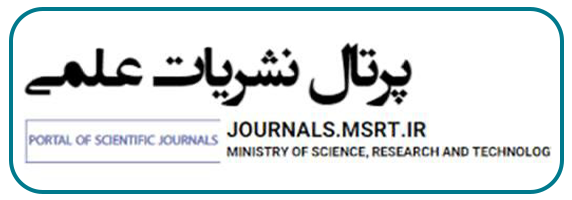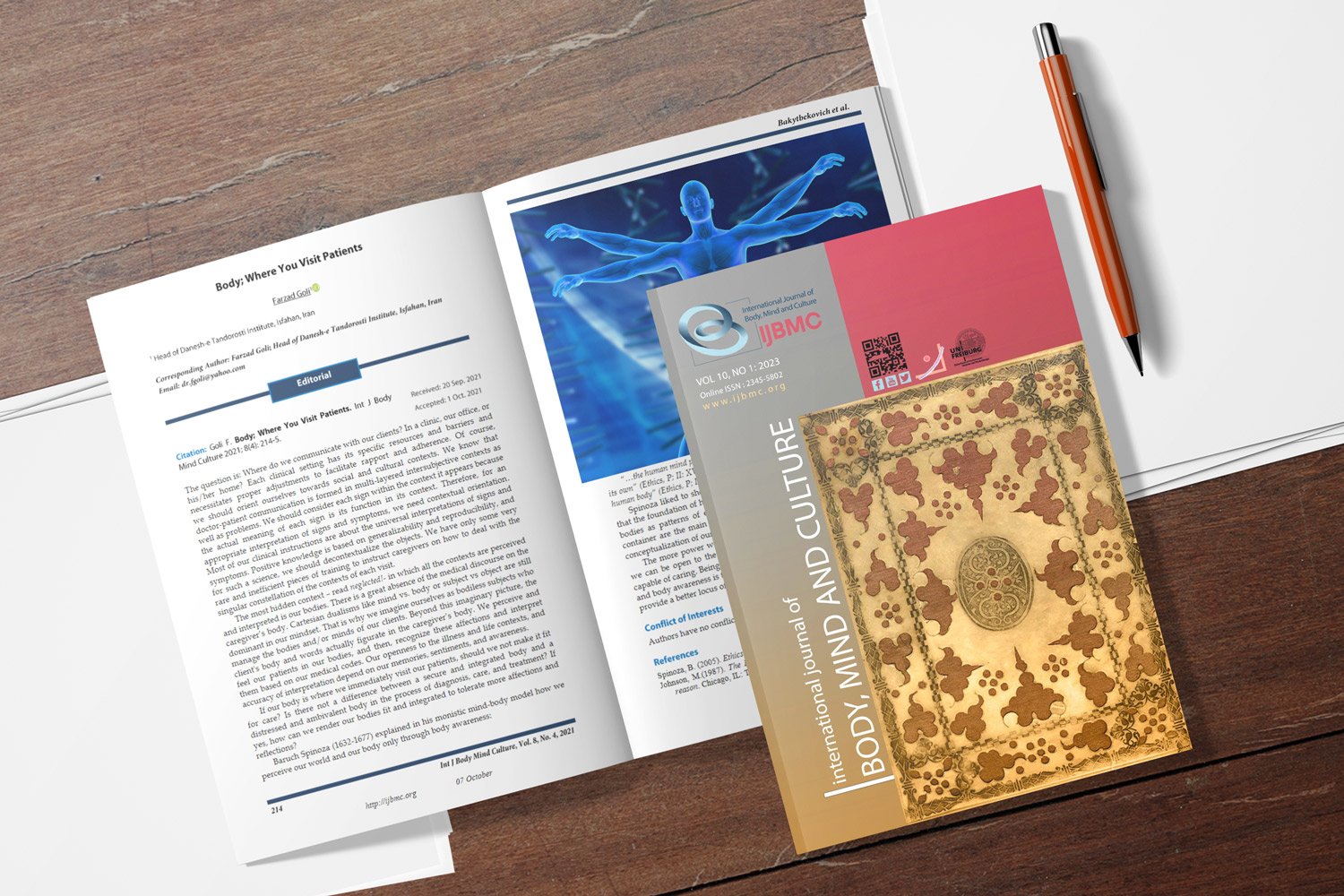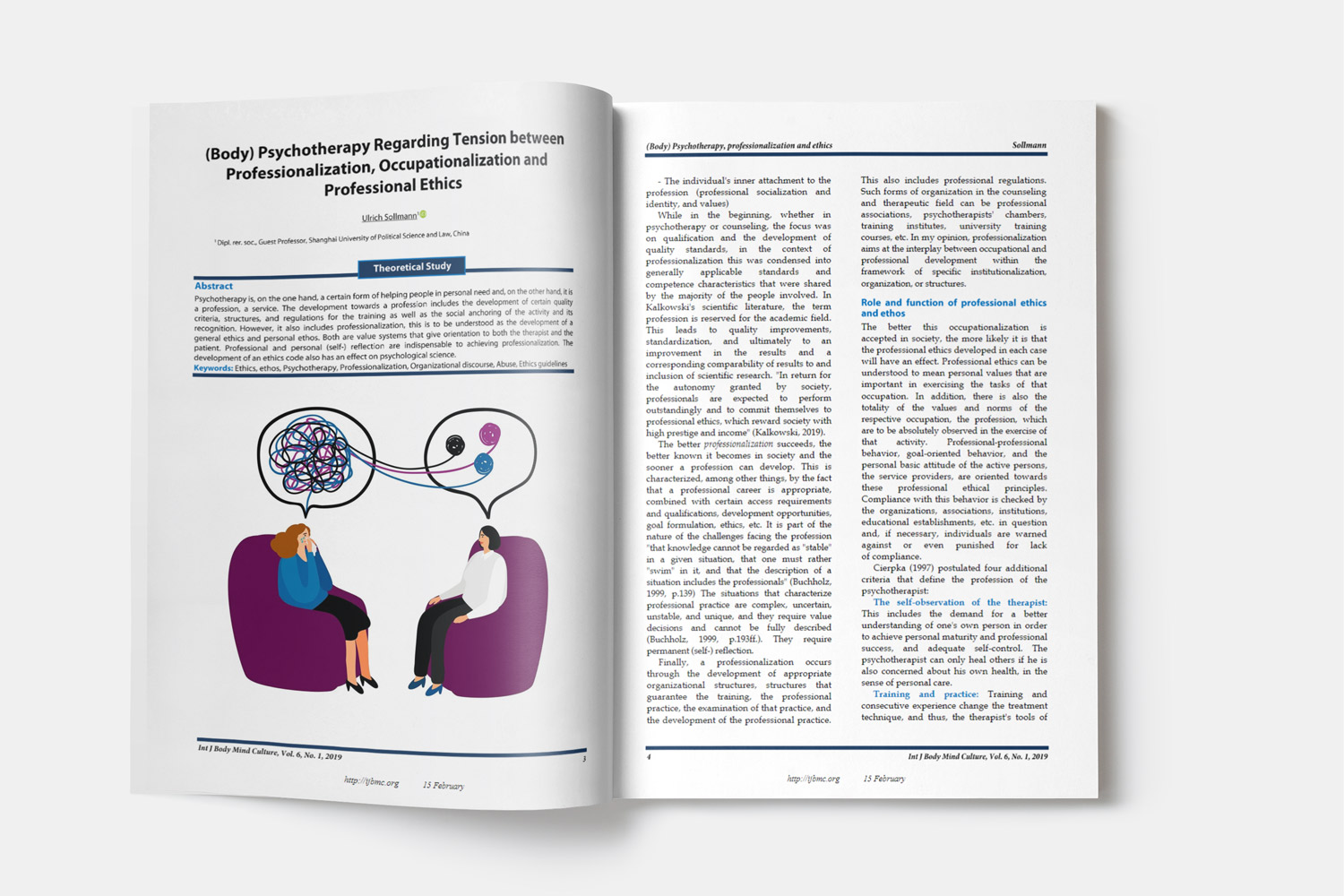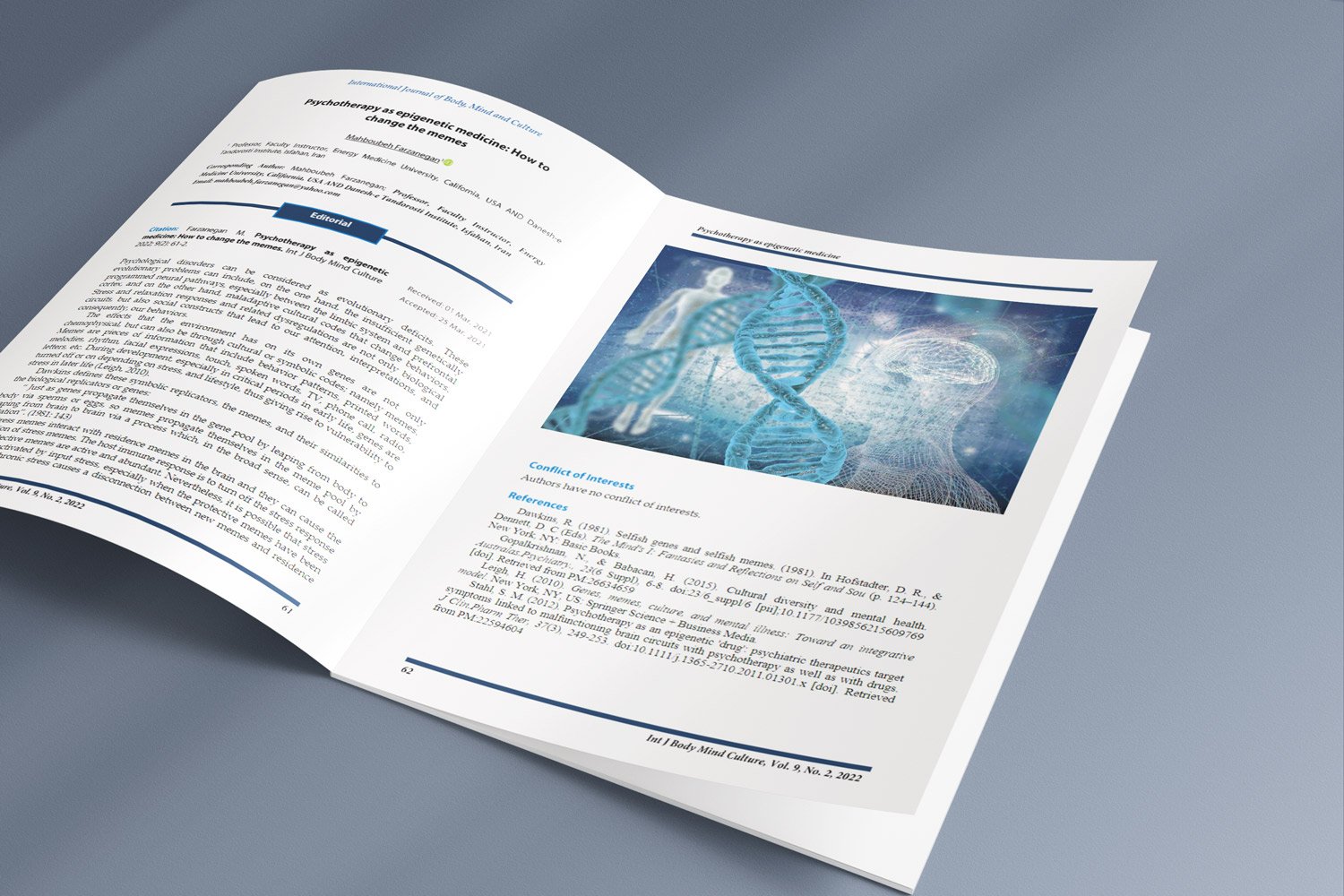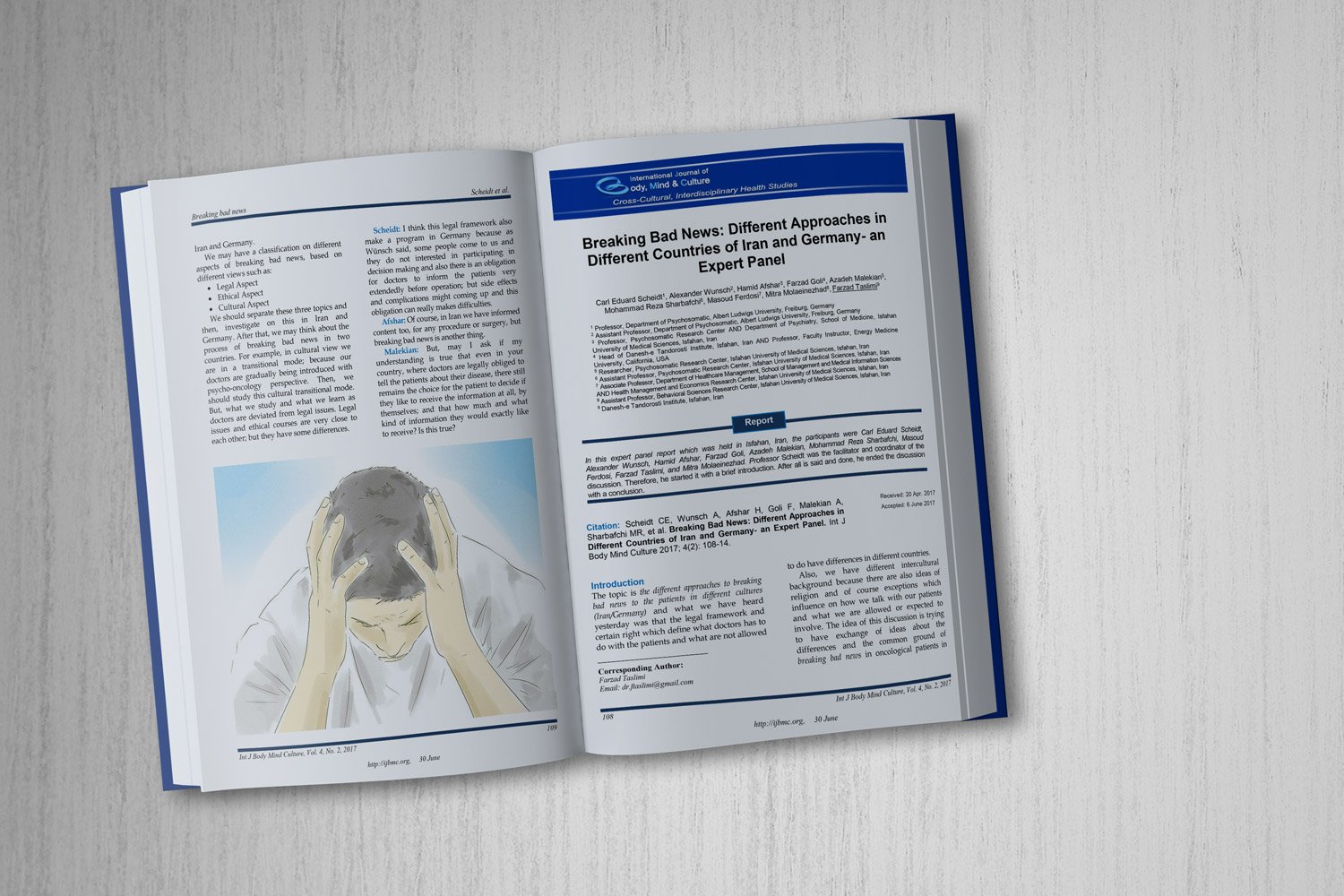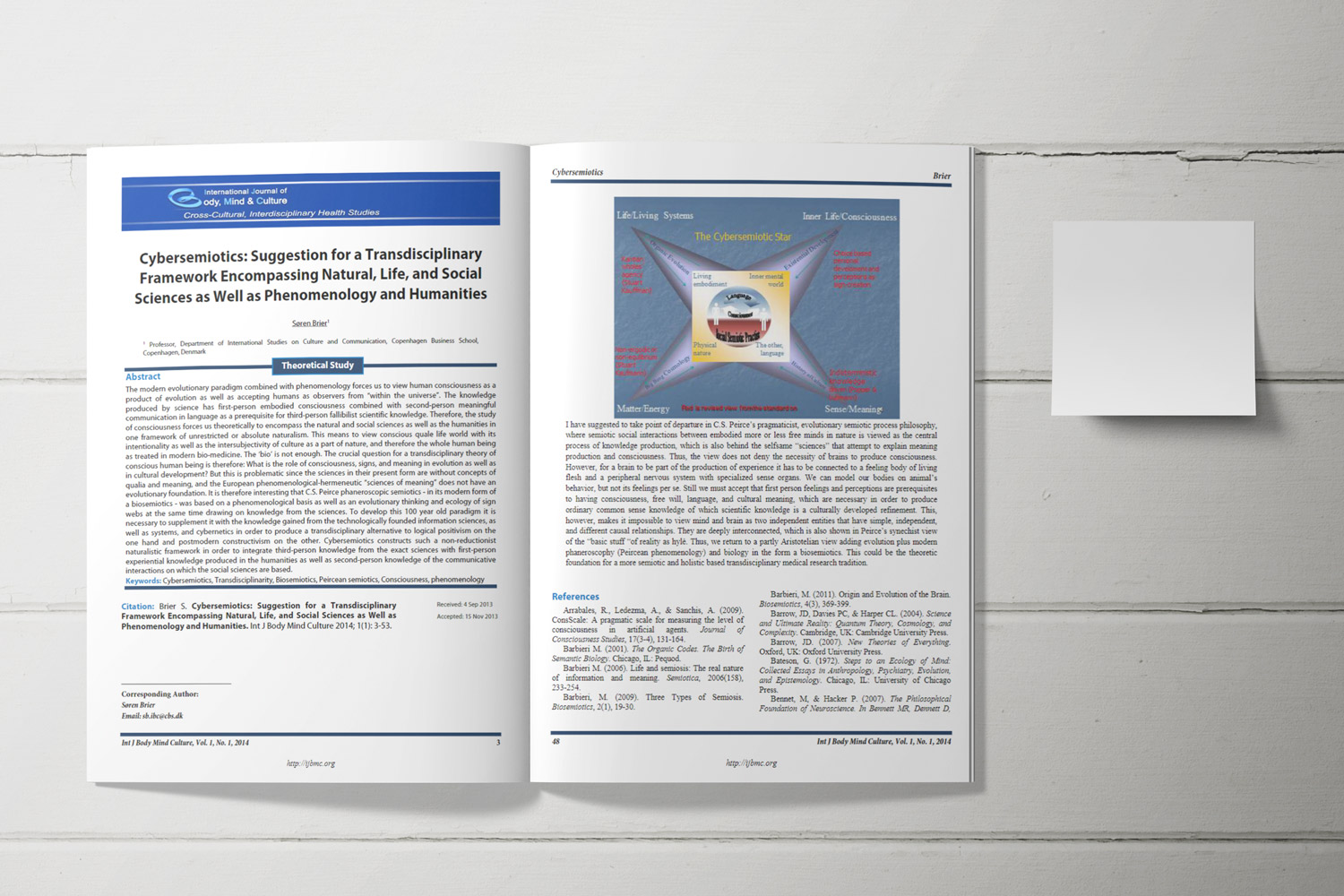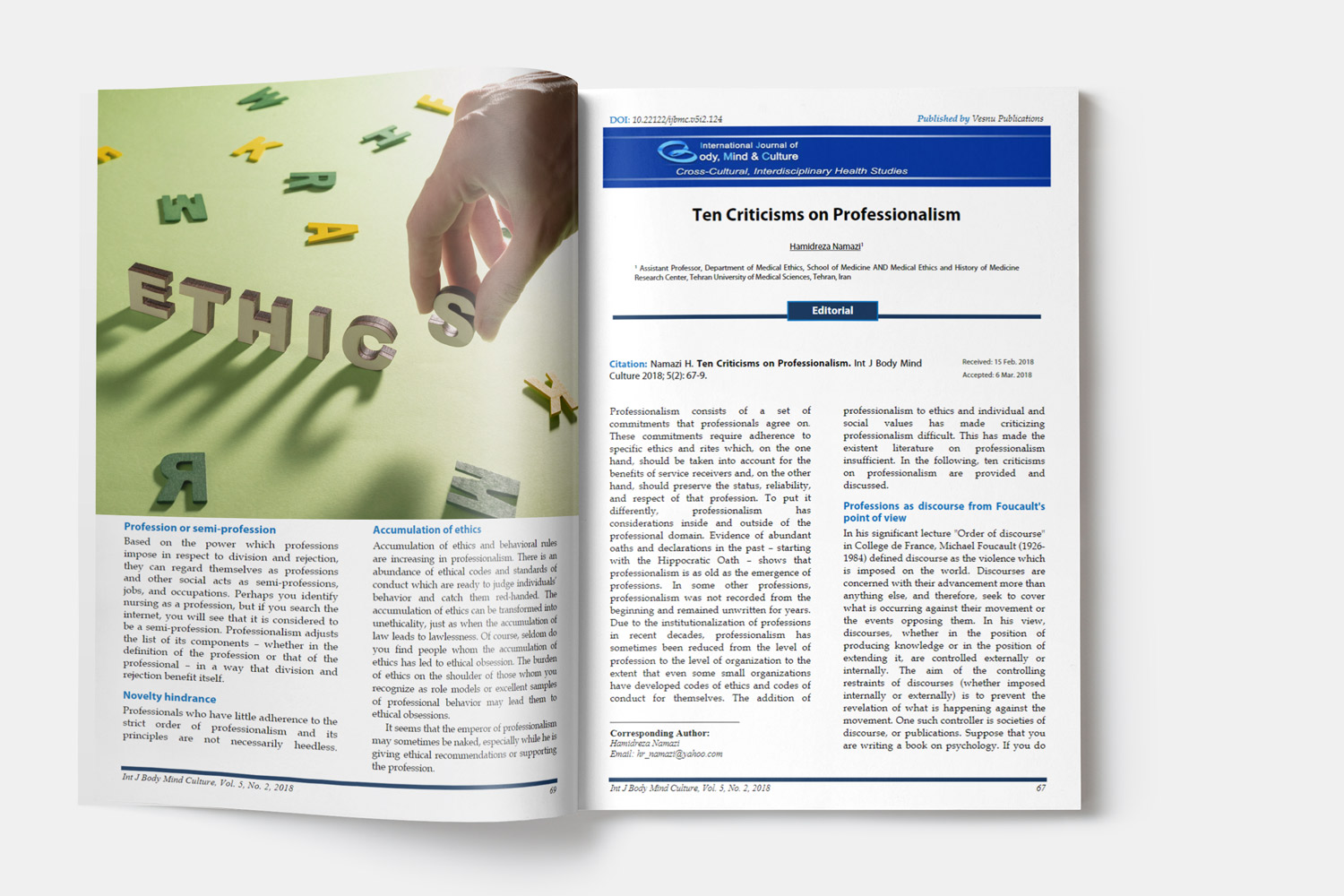Psychometric Validation of the Genderism and Transphobia Scale (GTS) in an Iranian Population: A Confirmatory Factor Analysis Approach
Objective: Genderism and transphobia remain significant social challenges, often contributing to stigma, discrimination, and mental health disparities for gender-diverse individuals. The present study aimed to assess the psychometric properties of the Genderism and Transphobia Scale (GTS) in an Iranian population to provide a valid and culturally relevant tool for future research and clinical use.
Methods and Materials: A cross-sectional study was conducted among 350 Iranian adults aged 18–50 using convenience sampling. Participants completed the 32-item Genderism and Transphobia Scale (GTS), which measures negative attitudes toward gender non-conformity and transgender identities. Confirmatory factor analysis (CFA) was used to assess construct validity. Internal consistency was evaluated using Cronbach’s alpha, and convergent validity was examined through correlations with related constructs, including social dominance orientation and right-wing authoritarianism.
Findings: CFA supported the original two-factor structure of the GTS (Genderism/Transphobia and Gender Bashing), yielding acceptable model fit indices (CFI = 0.95, RMSEA = 0.06, SRMR = 0.045). The Cronbach’s alpha coefficients for the subscales ranged from 0.87 to 0.91, indicating high internal consistency. Significant positive correlations were found between GTS scores and both social dominance orientation (r = .53, p < .001) and authoritarianism (r = .48, p < .001), supporting convergent validity.
Conclusion: The Persian version of the Genderism and Transphobia Scale demonstrated strong psychometric properties, suggesting its suitability for assessing gender-related prejudice in the Iranian context. The validated scale can serve as a valuable instrument for both research and intervention design targeting gender-based discrimination.
Downloads
Copyright (c) 2025 International Journal of Body, Mind and Culture

This work is licensed under a Creative Commons Attribution-NonCommercial 4.0 International License.






